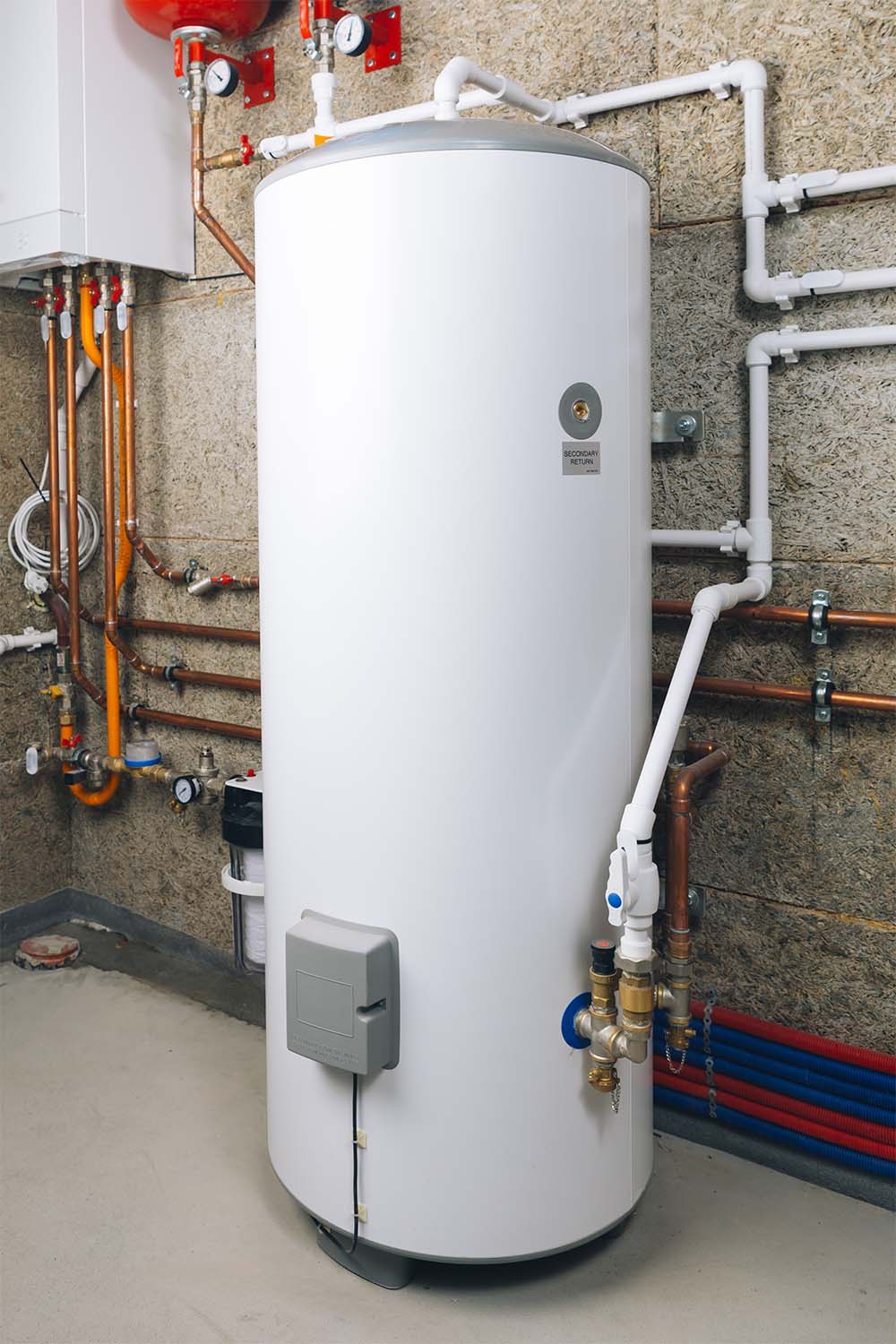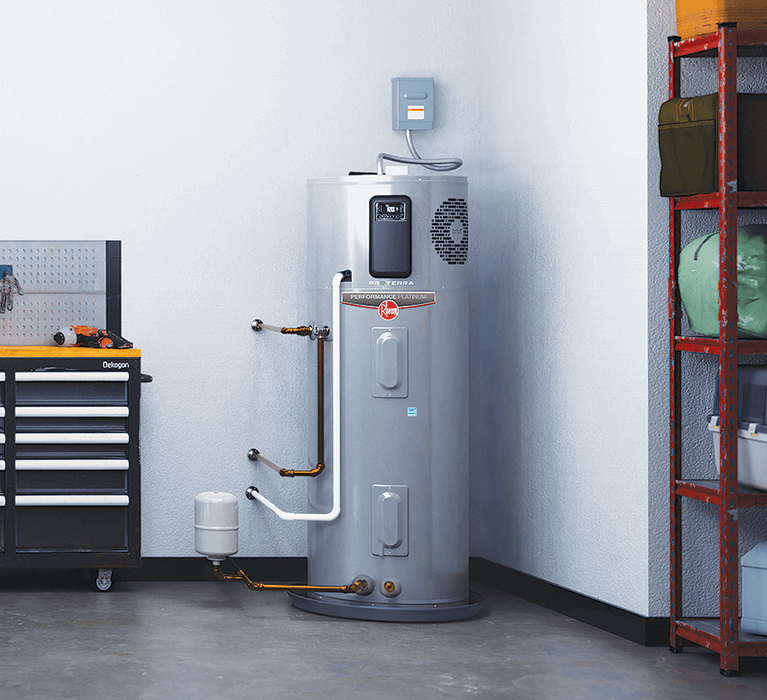Ways to Successfully Care for Your Home's Hot Water SystemEasy Ways to Maintain Your Home's Hot Water System Effectively
Ways to Successfully Care for Your Home's Hot Water SystemEasy Ways to Maintain Your Home's Hot Water System Effectively
Blog Article
Nearly everybody may have their personal thinking with regards to How to Maintain a Hot Water Heater in a Few Simple Steps.

Hot water is vital for everyday comfort, whether it's for a rejuvenating shower or washing dishes. To ensure your hot water system runs successfully and lasts much longer, normal upkeep is key. This write-up supplies useful tips and understandings on just how to preserve your home's hot water system to avoid disruptions and costly repairs.
Intro
Preserving your home's hot water system may appear overwhelming, yet with a couple of basic steps, you can ensure it operates efficiently for several years ahead. This overview covers whatever from understanding your warm water system to do it yourself upkeep suggestions and knowing when to call in specialist aid.
Value of Maintaining Your Hot Water System
Normal upkeep not only extends the life-span of your warm water system but also guarantees it operates efficiently. Disregarding upkeep can cause lowered performance, higher energy costs, and also premature failing of the system.
Indications Your Hot Water System Demands Upkeep
Knowing when your warm water system requires attention can protect against major concerns. Watch out for signs such as irregular water temperature level, strange sounds from the heating unit, or corroded water.
Comprehending Your Hot Water System
Prior to diving into upkeep tasks, it's helpful to recognize the fundamental parts of your hot water system. Typically, this consists of the water heater itself, pipelines, anode rods, and temperature level controls.
Regular Monthly Upkeep Tasks
Routine month-to-month checks can assist catch small issues prior to they escalate.
Flushing the Hot Water Heater
Flushing your hot water heater eliminates debris accumulation, boosting effectiveness and lengthening its life.
Checking and Changing Anode Rods
Anode poles avoid rust inside the container. Inspecting and replacing them when worn is crucial.
Evaluating and Adjusting Temperature Setups
Readjusting the temperature settings makes sure ideal efficiency and safety and security.
DIY Tips for Maintenance
You can do numerous upkeep jobs yourself to keep your hot water system in leading problem.
Looking for Leakages
Regularly inspect pipes and links for leakages, as these can result in water damages and greater bills.
Evaluating Stress Alleviation Valves
Examining the pressure relief valve guarantees it operates correctly and stops too much pressure buildup.
Insulating Pipelines
Insulating hot water pipes minimizes warm loss and can save power.
When to Call a Specialist
While do it yourself upkeep is beneficial, some issues require specialist know-how.
Complicated Problems Needing Expert Help
Instances consist of significant leaks, electrical troubles, or if your hot water heater is constantly underperforming.
Regular Specialist Upkeep Conveniences
Expert maintenance can include comprehensive evaluations, tune-ups, and guaranteeing compliance with safety standards.
Final thought
Normal maintenance of your home's warm water system is necessary for effectiveness, longevity, and price savings. By following these ideas and understanding when to seek specialist aid, you can make sure a reputable supply of hot water without unexpected disturbances.
Water Heater Maintenance: The Basics
Maintaining your water heater will ensure it operates efficiently and has a longer lifespan. Neglecting regular maintenance can lead to costly repairs and an even bigger chunk of your savings if you have to replace it sooner than necessary. But there’s good news: Most water heater maintenance tasks are relatively simple and easy for homeowners with basic DIY skills.
Flush the Water Heater
Over time, sediment and minerals can build up in the tank, reducing its efficiency and potentially causing damage. To flush the tank, turn off the power or gas supply, attach a hose to the drain valve near the bottom and open the valve to drain the water until it runs clear. Ideally, flush the tank annually.
Replace the Anode Rod
The anode rod is a sacrificial metal rod that helps prevent corrosion inside the tank. Inspect and replace it every three to five years or per the manufacturer's recommendation. To replace the anode rod, turn off the power or gas supply, drain a few gallons of water from the tank, unscrew the old rod and replace it with a new one. If the anode rod is significantly corroded or covered in calcium buildup, it's a sign the water heater may need to be replaced soon.
Tune-Up
A yearly tune-up can help identify potential issues and ensure your water heater operates at peak efficiency. This typically involves checking the thermostat, burner assembly (for gas heaters) and any other components specified by the manufacturer. During a tune-up, the technician may also clean the burner and adjust the pilot light (for gas heaters) or examine the heating elements (for electric heaters).
How to Maintain Your Water Heater
Insulate the tank. Insulating the tank can improve energy efficiency and reduce heat loss, saving you money on energy bills. You can purchase precut insulation blankets designed specifically for water heaters or use standard fiberglass insulation wrapped securely around the tank. Check the temperature. The recommended water temperature for most households is around 120 degrees Fahrenheit (49 degrees Celsius). Higher temperatures can increase energy costs and potentially cause scalding. Use a kitchen thermometer to check the temperature at the faucet nearest the water heater. Monitor water pressure. Excessive water pressure can strain the water heater and cause leaks or even tank failure. Install a pressure-reducing valve if necessary. The ideal water pressure range is between 60 and 70 PSI (pounds per square inch). Test the temperature and pressure (T&P) relief valve. The T&P relief valve is a safety feature that releases pressure if the tank gets too hot or the pressure builds up too high. Test it annually by lifting the lever and allowing a small amount of water to release. Replace the valve if it doesn't release water or reseal properly. Check for leaks. Regularly inspect the tank, pipes and fittings for leaks or corrosion. Deal with issues promptly to prevent further damage. Even a small leak can lead to significant water damage over time. Consider a tankless water heater. If your traditional tank-style water heater is nearing the end of its lifespan ( typically 10 years), consider replacing it with a tankless water heater. These units heat water on demand, reducing standby energy losses and potentially saving you money on your energy bills. Schedule professional maintenance. While homeowners can perform many water heater maintenance tasks, it's still a good idea to schedule professional maintenance every few years. A plumber or HVAC technician can thoroughly inspect the unit, identify potential issues and ensure it operates safely and efficiently. https://www.homeserve.com/en-us/blog/home-improvement/hot-water-heater-maintanence/

As a passionate reader about Tips For Maintaining Your Hot Water Heater, I thought sharing that piece was worthwhile. Sharing is good. Helping others is fun. Thanks so much for your time invested reading it.
Get Quote Report this page